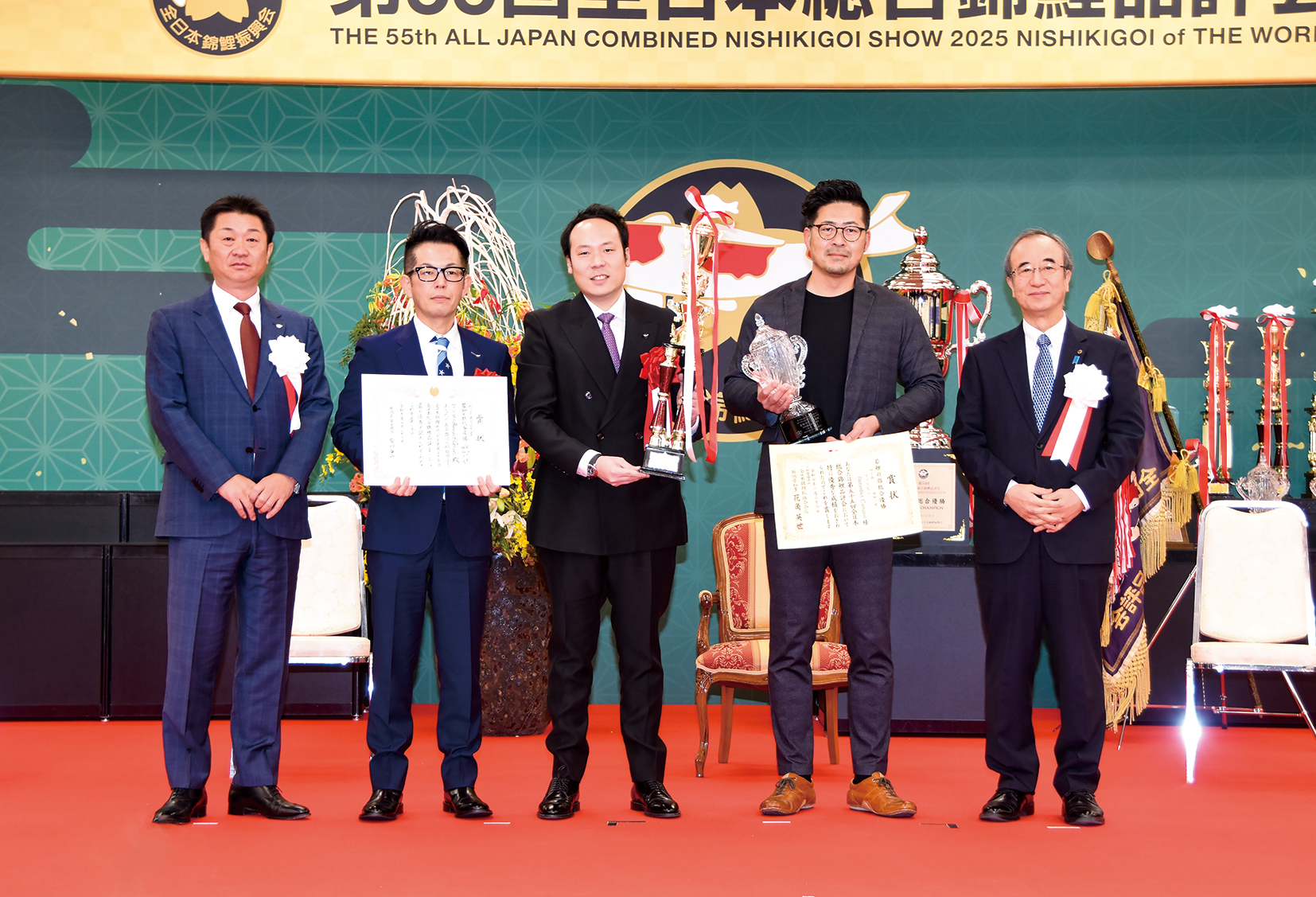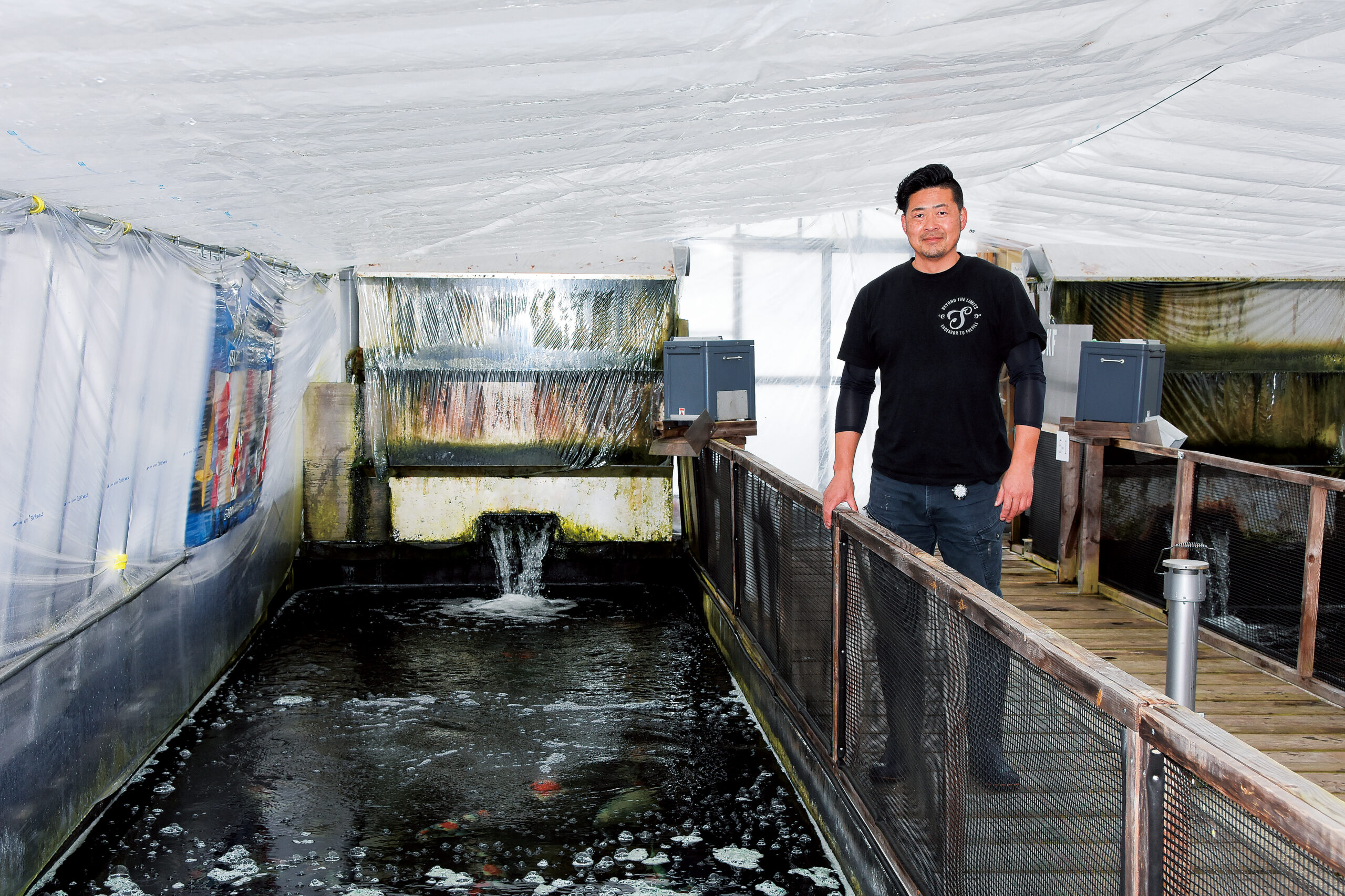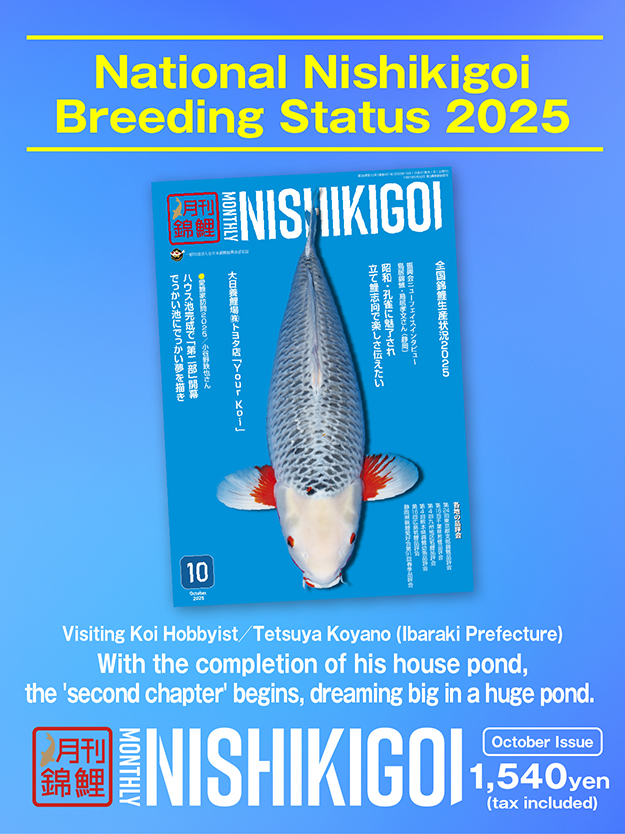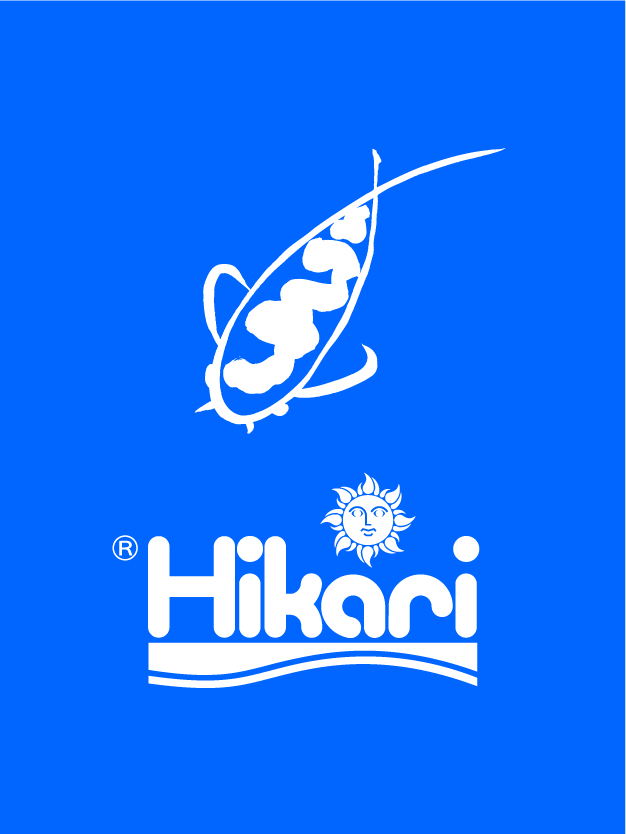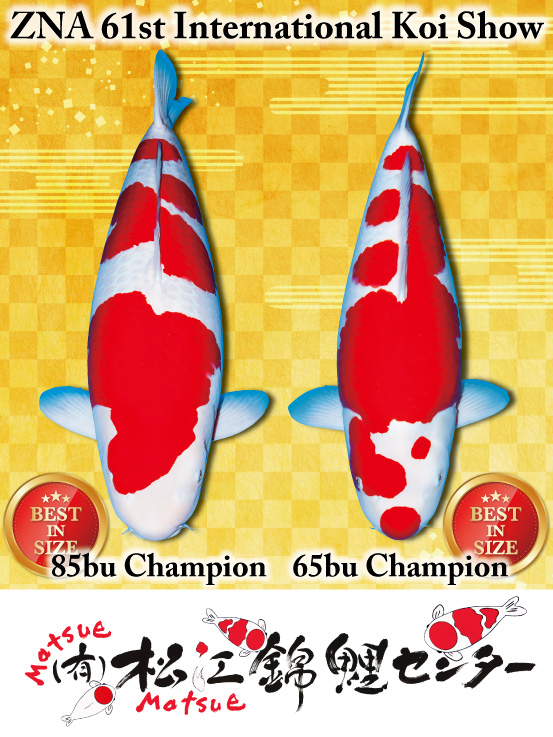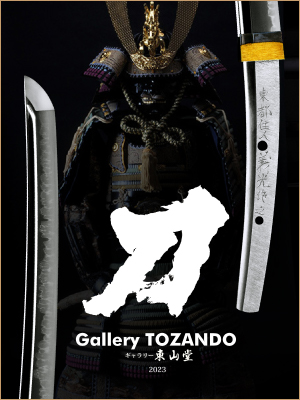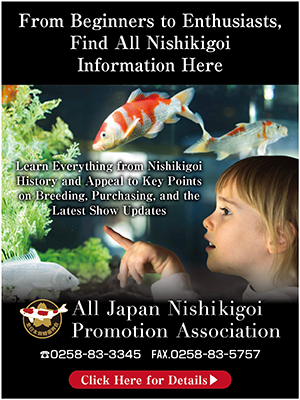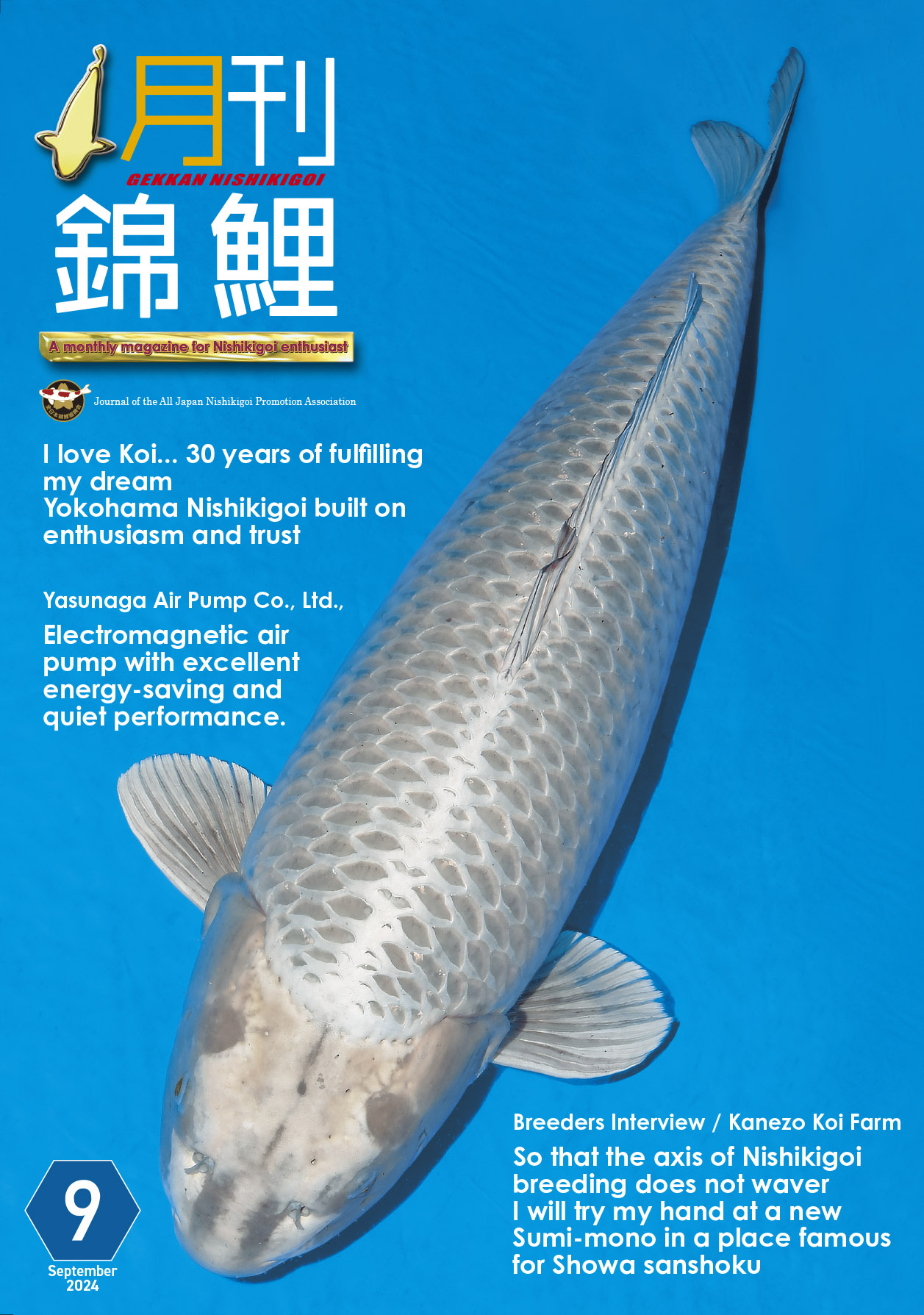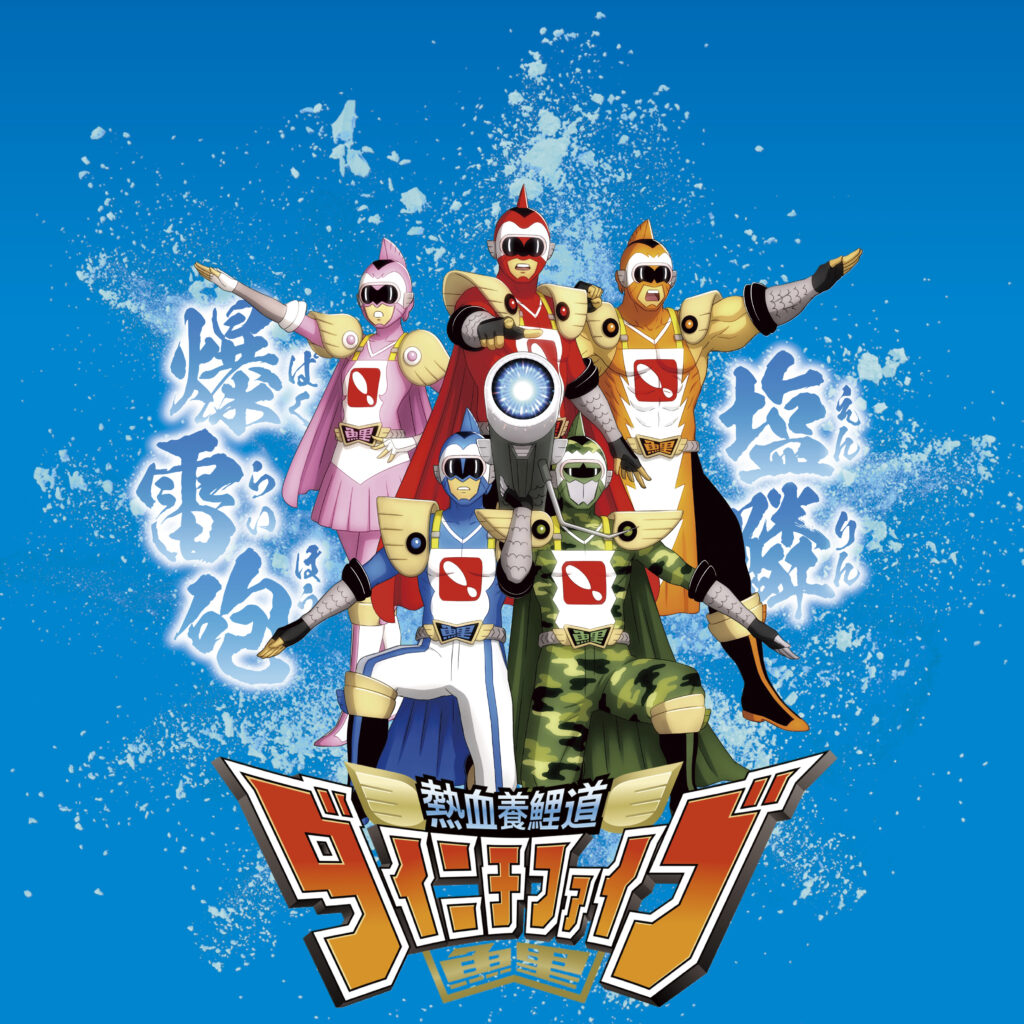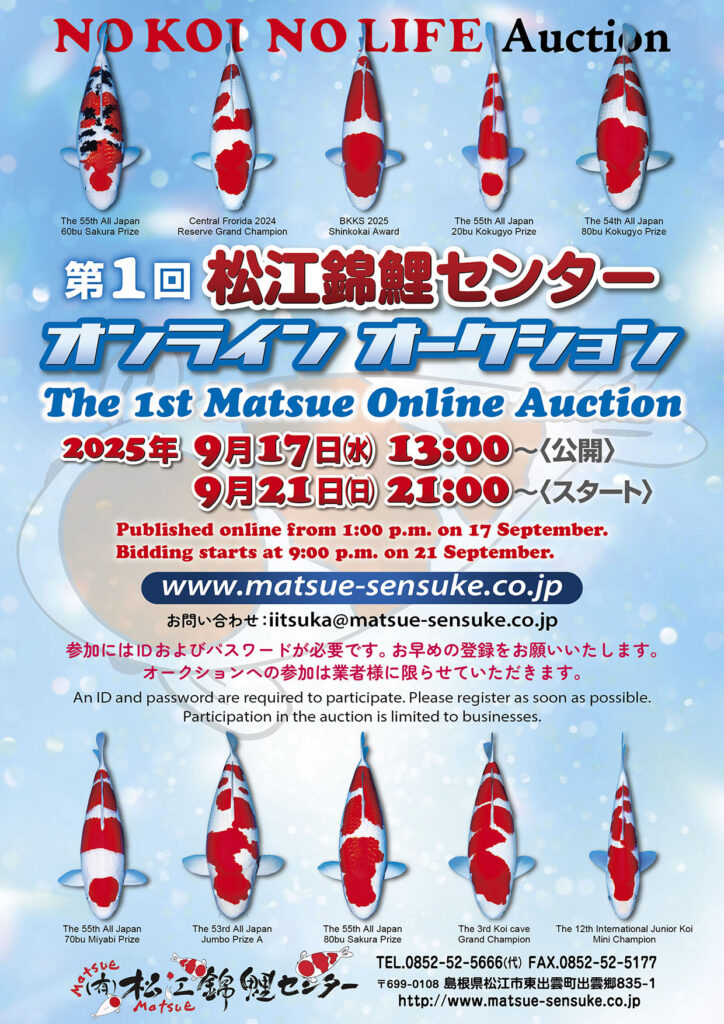Breeder Interview Sekiguchi Koi Farm – Masayuki Sekiguchi (Niigata)
Evolving Showa Sekiguchi
Also keeping “New types” in sight〈Part2〉
The Sekiguchi Koi Farm enjoys overwhelming support as a leading Showa-era brand. Their name is always found at the top of national competitions, and their success has been particularly remarkable since winning the championship at the 32th All Japan Young Koi Show.
This year, at the 55th All Japan Nishikigoi Show, their koi achieved an incredible feat—winning the Young Koi Grand Champion title for the fifth consecutive time. While the exact record for the most consecutive wins in this category remains unclear, there is no doubt that this is a rare achievement. What makes it even more remarkable is that each winning koi was different, further elevating the prestige of their accomplishment.
Their innovative approach to Showa breeding and their future aspirations… Amid heavy snowfall, Mr. Sekiguchi quietly burns with competitive spirit as we sit down for our first interview with him in 14 years.
The First Selection is the Key Battle
Early Selection, No Over-Forcing Afterward
― The Young Koi Grand Champion naturally attracts a lot of attention, but you also have a desire to produce Superior koi, right?
Sekiguchi: Of course, we’re not just aiming for Young Koi class. However, if you ask if I want to compete nationally with 90cm or Superior koi, I don’t really have that desire. It might sound cooler to say I do, but you absolutely can’t go that far without the right facilities and space.
― How big are your parent koi?
Sekiguchi: Generally, most are around 85cm to 90cm. We have some that are around 80cm that we use when they’re young.
― So, their offspring naturally have the potential to grow large, right?
Sekiguchi: Yes, that’s right. Some customers also want large ones. However, producing many of them requires facilities.
― Simply to say, you’d have to increase the number of ponds?
Sekiguchi: Ponds, and also staff. The biggest bottleneck is that the summer in Shiozawa is short. Spring is late, and winter is early. The season for growing them large is truly short.
― When do they spawn?
Sekiguchi: In June. That’s the latest in Niigata at that point. It’s possible in May, but it’s too unstable to produce good ones.
― About water temperature and such?
Sekiguchi: Yes, that’s right. For us, fry rearing is a battle until the first selection, so we fatten them up until the first selection, and then we take it easy and don’t force them. We used to force them to eat a lot because we wanted them to grow big, but when you do that, the patterns disappear.
